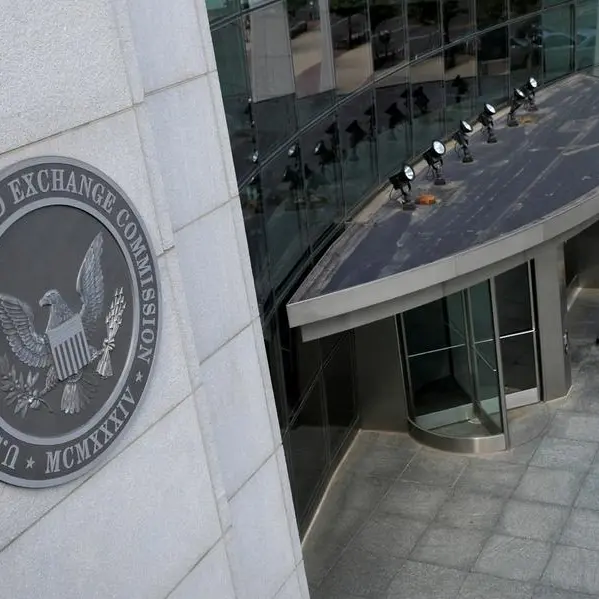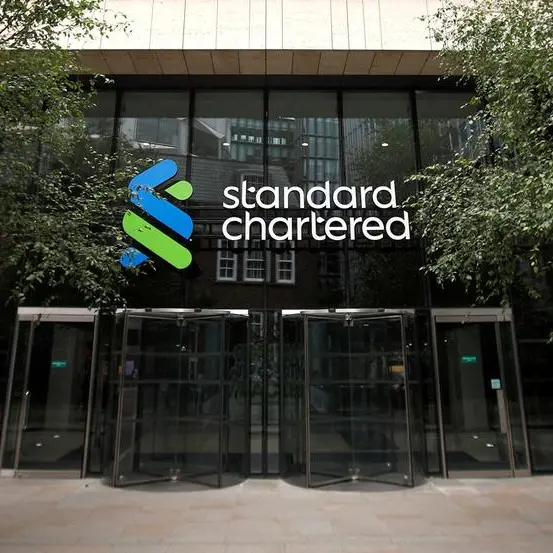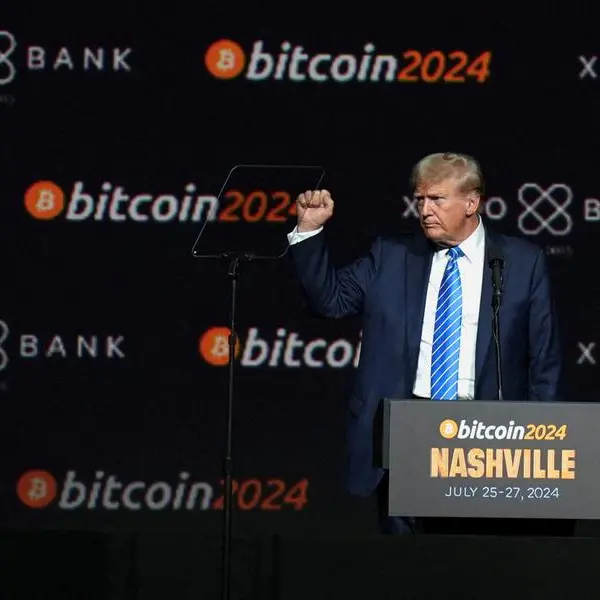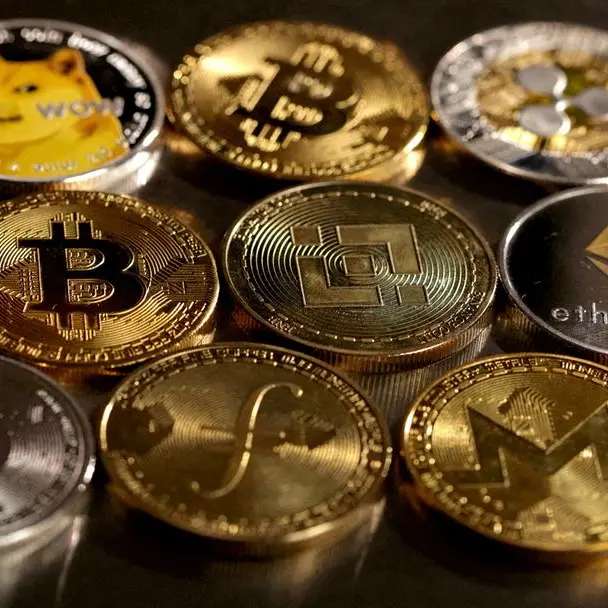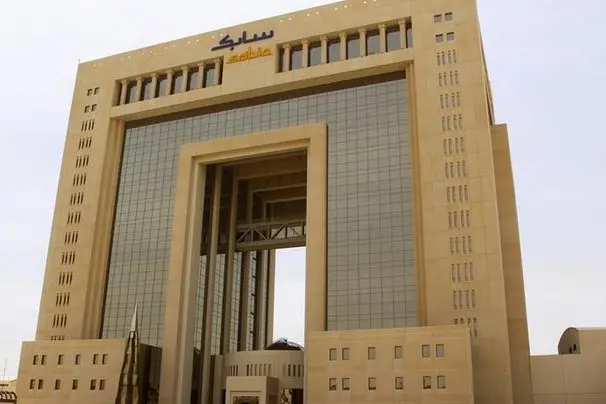PHOTO
Xrp Classic positions itself as a solution that will flourish as cryptocurrency exchanges mature, by representing best practice in the ReFi sector.
Stablecoins are a category of digital assets designed to maintain a stable value, typically pegged to fiat currencies like the US dollar or euro, or to commodities such as gold. They offer the benefits of cryptocurrencies — speed, transparency, and accessibility — while minimizing the price volatility that hampers wider crypto adoption. This stability makes them ideal for payments, savings, and cross-border transactions.
D24 Fintech Group is an international leader in financial technology, delivering blockchain-based solutions that aim to modernize and simplify global payments. Focused on innovation and regulatory compliance, D24 supports the expansion of stablecoins as crucial tools for the next generation of finance.
Blockchain Solutions Are the Path Forward in the Stablecoin Era, Says D24 Fintech Group
The stablecoin market is rapidly emerging as one of the most resilient and dynamic sectors of the crypto economy. In a notable development this month, Codex, a startup building a specialized blockchain for stablecoins, secured $15.8 million in seed funding. The round was led by Dragonfly Capital and supported by major backers such as Coinbase Ventures and Circle.
This significant investment highlights growing institutional confidence in the future of stablecoins not merely as speculative instruments, but as mainstream financial tools. Even amid a broader 25% downturn in the crypto market during Q1 2025, the stablecoin market expanded by $40 billion, reaching an estimated $230 billion in total market capitalization.
According to Shreenath Iyer, Chief Marketing Officer at D24 Fintech Group, Codex is a project worth watching due to its technical focus on stablecoin-specific inefficiencies, but its long-term success will depend heavily on execution.
“Stablecoins, as Codex’s investment has shown, are growing in credibility. This year, we have seen several developments in support of the market, like Stripe’s Bridge acquisition for $1.1 billion to support stablecoin-based payments, and the GENIUS Act established clear regulatory frameworks for stablecoins.”
Codex’s strategy acknowledges the limitations of existing blockchains for stablecoin operations — notably unpredictable transaction fees and processing delays. To solve these issues, the company is developing a Layer-2 solution based on the Optimism Stack, aiming to optimize transactions for stablecoins like USDT and USDC. This platform promises businesses fixed transaction fees and greater reliability, even during network congestion.
“As a new player, Codex’s approach recognizes that general-purpose blockchains often fall short for stablecoin operations due to unpredictable fees and inefficiencies. To address these issues, they are developing a Layer-2 solution built on the Optimism Stack that is designed to enhance the usability and efficiency of existing stablecoins in the market, like USDT and USDC. The platform aims to improve the overall experience of using and transferring stablecoins, ensuring businesses can rely on fixed transaction fees, avoiding volatility during network congestion.”
Despite these innovations, Codex faces intense competition. New entrants like Plasma, which raised $24 million in February, and established players on Ethereum and Tron networks already have significant traction. Codex’s expansion plans include a strong focus on Southeast Asia, a region where stablecoins can help solve high cross-border transaction fees and slow settlement times — but success will require overcoming both technical and regulatory hurdles.
“Yet, execution remains the key challenge. Codex is entering a competitive space with emerging players like Plasma, which raised $24 million in February and uses a zero-fee Bitcoin sidechain model, and established competitors like Ethereum (USDC, USDe) and Tron-based (USDT) stablecoins. The startup is also targeting Southeast Asia, where stablecoins address region-specific business challenges. These issues range from thin profit margins inflating traditional cross-border payment fees, to businesses facing high fees and slow processing for international transactions, which they must tackle while also effectively navigating the complex regulatory landscape in Southeast Asia.”
Ultimately, the next few months will be decisive for Codex.
“The stablecoin space is becoming increasingly crowded, and while Codex has an interesting pitch, its execution in the coming months will be critical to determining where they sit in the market. The ability to build reliable off-ramps, secure regulatory buy-in, and deliver consistent performance will determine whether Codex becomes a leading player in purpose-built blockchain solutions or just another footnote in the fast-evolving stablecoin race,” concluded Iyer.
Copyright © 2022 AfricaBusiness.com - All materials can be used freely, indicating the origin AfricaBusiness.com Provided by SyndiGate Media Inc. (Syndigate.info).


